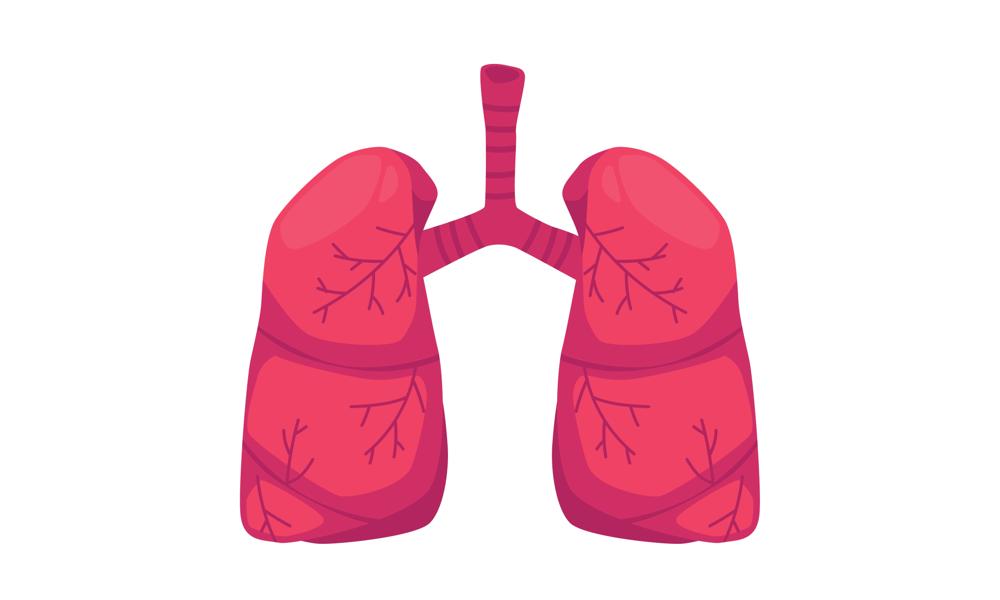The measurement method AiDA, which stands for Airspace Dimension Assessment, involves patients inhaling nanoparticles to examine their lungs. The method has been tested on over 800 patients for research. In a new thesis, the method has been compared with established techniques such as lung X-ray, lung function measurements and magnetic resonance imaging (MRI) with hyperpolarised gas.
“The results indicate that we can estimate the distance in the lung by measuring the number of nanoparticles that are stuck in the lungs. The method is consistent with more advanced imaging techniques,” says Madeleine Petersson Sjögren, a PhD student at Lund University who wrote the thesis, to Life Science Sweden.
By measuring the distances in the lungs, it is possible to determine whether a patient has a lung disease such as emphysema, as the disease changes the lung structure. In healthy lungs, the alveoli are small, and the distances between tissues are short. A healthy lung provides more surfaces for particles to adhere to, while more particles are exhaled from a lung with larger cavities, i.e. more emphysema, says Madeleine Petersson Sjögren.
“The method measures the difference between particle concentrations in inhaled and exhaled air. Our technique could complement the lung function measurements that are currently available in hospitals.”
One problem with pulmonary emphysema is that it is often detected at a late stage, as the technology currently used has difficulty detecting changes deep down in the lung where pulmonary emphysema occurs.

The technology is still at a research stage, but Madeleine Petersson Sjögren hopes that AiDA can become a complementary method for future healthcare providers to detect pulmonary emphysema earlier than is currently possible.
Can inhaling nanoparticles be dangerous?
“In our everyday environments, we inhale huge amounts of nanoparticles all the time, both indoors and outdoors. Some of these particles are toxic and cause disease. Our method uses plastic particles, PSL, with no proven toxic effect at low concentrations. Furthermore, the particle concentration inhaled during a measurement is very low compared to the concentration we constantly inhale in urban environments,” says Madeleine Petersson Sjögren.